What Makes Hocking Hills Campgrounds a Midwest Fishing Haven
The rolling hills and dense forests of southeastern Ohio hide a treasure that anglers across the Midwest have come to cherish – the Hocking Hills region. With its pristine waters, diverse fish populations, and stunning natural backdrop, Hocking Hills campgrounds have earned their reputation as a premier fishing destination. The combination of accessible lakes, winding streams, serene ponds, and the mighty Hocking River creates a perfect ecosystem for both novice and experienced anglers. Whether you’re casting a line at sunrise as mist rises from Lake Logan or teaching a child to fish in one of the many stocked ponds, Hocking Hills offers fishing experiences that rival destinations across the country. This unique convergence of natural beauty, abundant fishing opportunities, and excellent camping facilities makes the region an irresistible draw for outdoor enthusiasts seeking both adventure and tranquility.
The Rich Aquatic Ecosystems of Hocking Hills
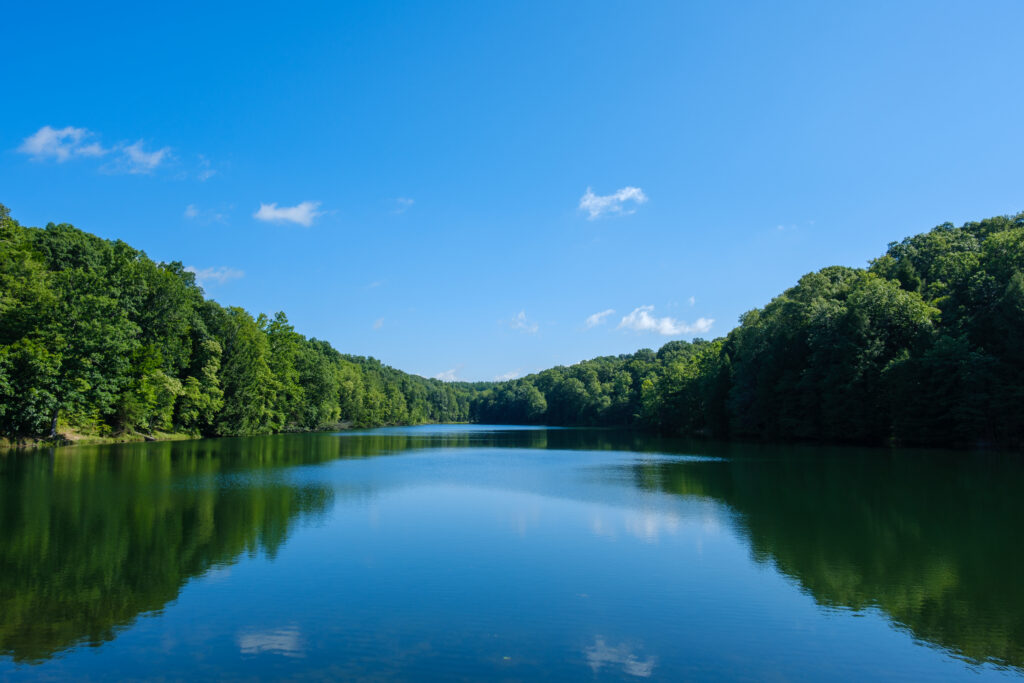
Hocking Hills boasts a remarkable diversity of aquatic habitats that support thriving fish populations year-round. From the cool, oxygen-rich streams that wind through sandstone gorges to the deeper, warmer waters of Lake Logan and Rose Lake, each environment harbors different species and fishing opportunities. The limestone-filtered groundwater creates ideal conditions for fish to thrive, while the surrounding forests provide natural protection from excessive runoff and pollution. These pristine conditions have allowed native fish populations to flourish, while also supporting stocked species that provide exciting angling opportunities for visitors. The region’s four distinct seasons create dynamic fishing conditions, with each time of year offering unique challenges and rewards for those willing to adapt their techniques.
Lake Logan: The Crown Jewel for Anglers

At 400 acres, Lake Logan stands as the premier fishing destination in the Hocking Hills region, drawing anglers year-round with its abundant fish populations. The lake is regularly stocked with largemouth bass, saugeye, catfish, and panfish, creating diverse fishing opportunities for everyone from beginners to seasoned pros. Its numerous coves and inlets provide perfect structure for fish to congregate, particularly during early morning and evening hours when feeding activity peaks. The lake’s accessible shoreline makes it ideal for bank fishing, while its open waters accommodate boats with electric motors for those wanting to explore deeper waters. Many campgrounds in the region offer direct access to Lake Logan, allowing campers to simply walk from their sites to prime fishing spots without having to transport gear long distances.
Rose Lake: A Secluded Fishing Paradise
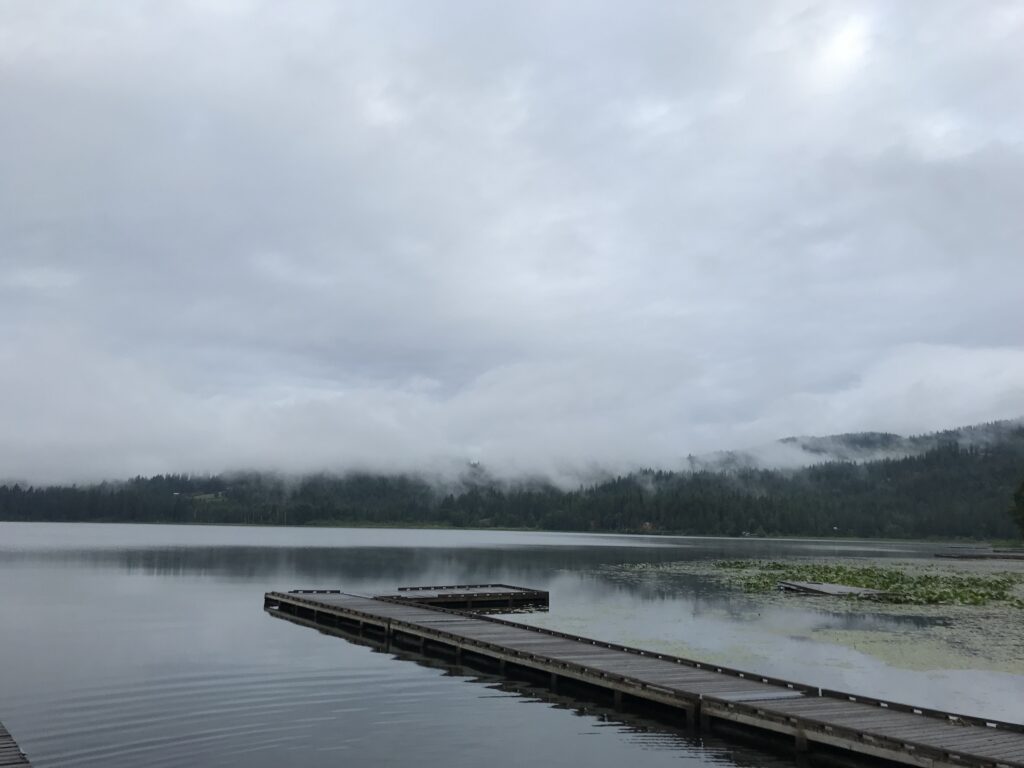
Nestled within Hocking Hills State Park, the 17-acre Rose Lake offers a more intimate fishing experience compared to larger bodies of water in the region. This scenic lake is surrounded by towering hemlocks and dramatic rock formations, creating one of the most picturesque fishing settings in the Midwest. Despite its smaller size, Rose Lake holds surprising numbers of largemouth bass, bluegill, and catfish, with many anglers reporting catches of bass in the 2-4 pound range. The lake’s remote location requires a short hike from nearby camping areas, which helps maintain lower fishing pressure compared to more accessible waters. For those seeking solitude while fishing, Rose Lake provides early morning opportunities where you might be the only person casting a line across its glassy surface, with only the sounds of nature as your companion.
Stream Fishing Adventures in Clear Creek
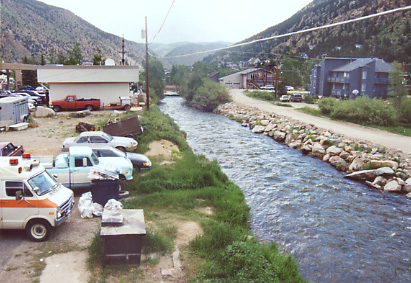
Clear Creek, a designated Ohio Scenic River, offers some of the most rewarding stream fishing in the Hocking Hills region. This pristine waterway cuts through dramatic sandstone formations and features crystal-clear pools, rippling riffles, and deeper runs that harbor healthy populations of smallmouth bass, rock bass, and various sunfish species. Fly fishing enthusiasts particularly appreciate Clear Creek’s accessible waters and the technical challenges presented by its varied currents and structure. Wading is possible in many sections, allowing anglers to explore miles of fishable water that sees relatively light pressure compared to larger lakes. Several campgrounds position themselves along Clear Creek’s path, giving visitors direct access to premier stream fishing without having to venture far from their campsites.
The Mighty Hocking River Fishing Experience

The Hocking River serves as the aquatic backbone of the region, offering varied fishing experiences along its winding course through the hills. Different sections of the river present unique fishing opportunities, from faster-moving waters near Logan to more placid stretches as it meanders through farmland. Smallmouth bass dominate the sportfish population, with specimens exceeding 18 inches possible for skilled anglers who learn to read the river’s patterns. The river also supports healthy populations of catfish, particularly flatheads and channel cats that grow to impressive sizes in the deeper holes. Canoe and kayak access points near many campgrounds allow anglers to float productive sections, stopping to fish promising holes while enjoying the river’s scenic beauty along the way.
Seasonal Fishing Opportunities Year-Round
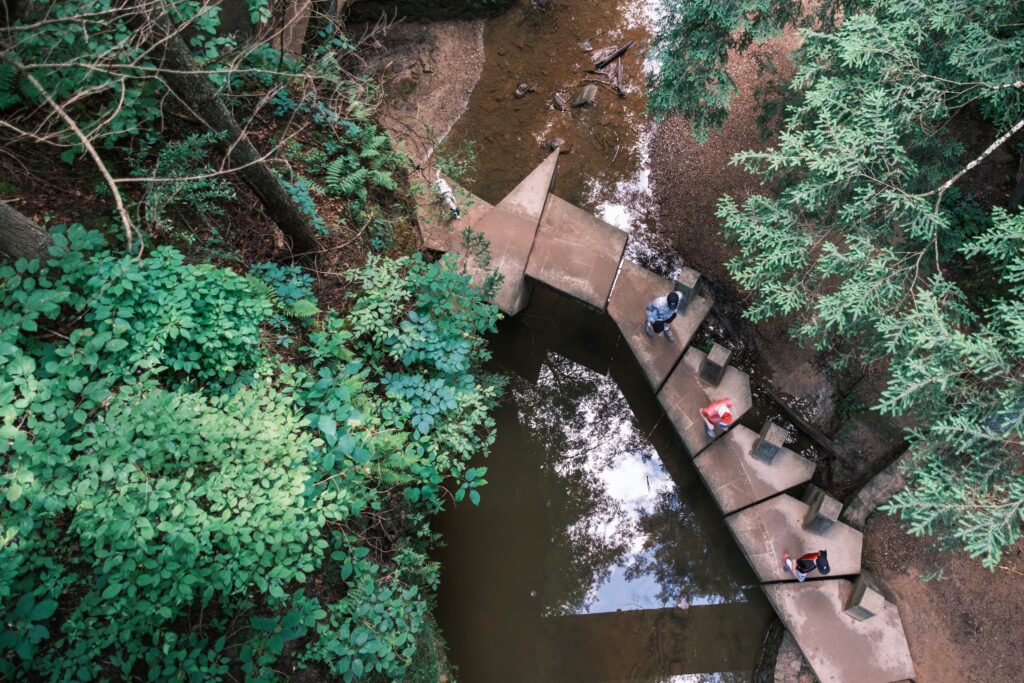
Unlike many Midwest fishing destinations that shine only during warmer months, Hocking Hills offers compelling fishing opportunities through all four seasons. Spring brings aggressive pre-spawn bass activity in the shallows of lakes and ponds, while trout stocking programs in select waters create excitement for anglers targeting these prized gamefish. Summer sees peak activity for panfish and catfish, with night fishing becoming particularly productive as waters warm. Fall transforms the region into a breathtaking backdrop of color while cooling waters trigger feeding frenzies as fish prepare for winter, making it perhaps the most productive season for larger bass and saugeye. Even winter offers opportunities for the dedicated angler, with ice fishing on Lake Logan producing impressive catches of crappie and saugeye during safe ice conditions, allowing true fishing enthusiasts to camp and fish year-round.
Family-Friendly Fishing Pond Campgrounds
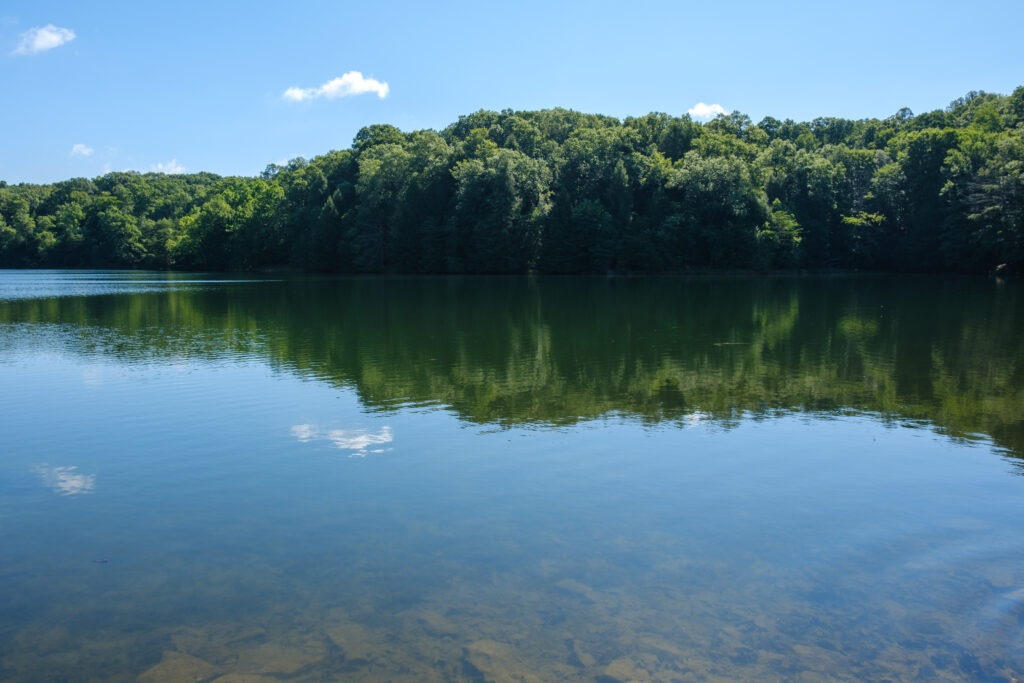
Many Hocking Hills campgrounds feature private fishing ponds that are stocked specifically to provide accessible fishing experiences for families and beginners. These smaller bodies of water typically contain abundant populations of bluegill, largemouth bass, and catfish that are accustomed to taking a variety of baits. The controlled environment of these ponds makes them perfect teaching grounds where children can experience the thrill of catching fish without the challenges sometimes presented by larger natural waters. Campground owners often maintain these ponds with fishing in mind, including features like fishing piers, cleared banks for casting, and even periodic feeding to concentrate fish in easily accessible areas. Some campgrounds even offer fishing equipment rentals and basic instruction for families who are new to the activity but want to incorporate it into their camping experience.
Top Campgrounds with Premier Fishing Access

Several campgrounds in the Hocking Hills region have earned reputations specifically for their excellent fishing amenities and access. Lake Logan Campground provides direct access to the eponymous lake, with boat rentals and a tackle shop on site to serve anglers’ needs. Hocking Hills State Park Campground offers hiking trails that lead directly to Rose Lake and several smaller fishing ponds within a short walk of campsites. Clear Creek Campground positions visitors along one of Ohio’s best smallmouth bass streams, with private access points that receive less pressure than public areas. Old Man’s Cave Campground maintains a stocked catch-and-release pond where younger anglers can practice their skills before venturing to larger waters. Each of these facilities understands the importance of fishing to its visitors and has designed its amenities to support this popular activity.
Essential Gear for Hocking Hills Fishing Success

The diverse fishing opportunities in Hocking Hills require some thoughtful preparation regarding equipment. A medium-action spinning rod between 6-7 feet pairs well with a 2000-3000 size reel spooled with 8-10 pound test line, creating a versatile setup for most species and waters in the region. Tackle should include a variety of soft plastic baits like worms and creature baits for bass, small spinners and jigs for stream fishing, and bobber rigs with live bait for panfish and catfish. Waders become essential for serious stream anglers, allowing access to productive water that can’t be reached from the bank. A quality pair of polarized sunglasses dramatically improves the fishing experience by reducing glare and allowing anglers to spot underwater structure and fish that would otherwise remain invisible. Most campgrounds offer basic tackle supplies, but serious anglers should arrive prepared with their preferred equipment.
Conservation Practices and Fishing Regulations
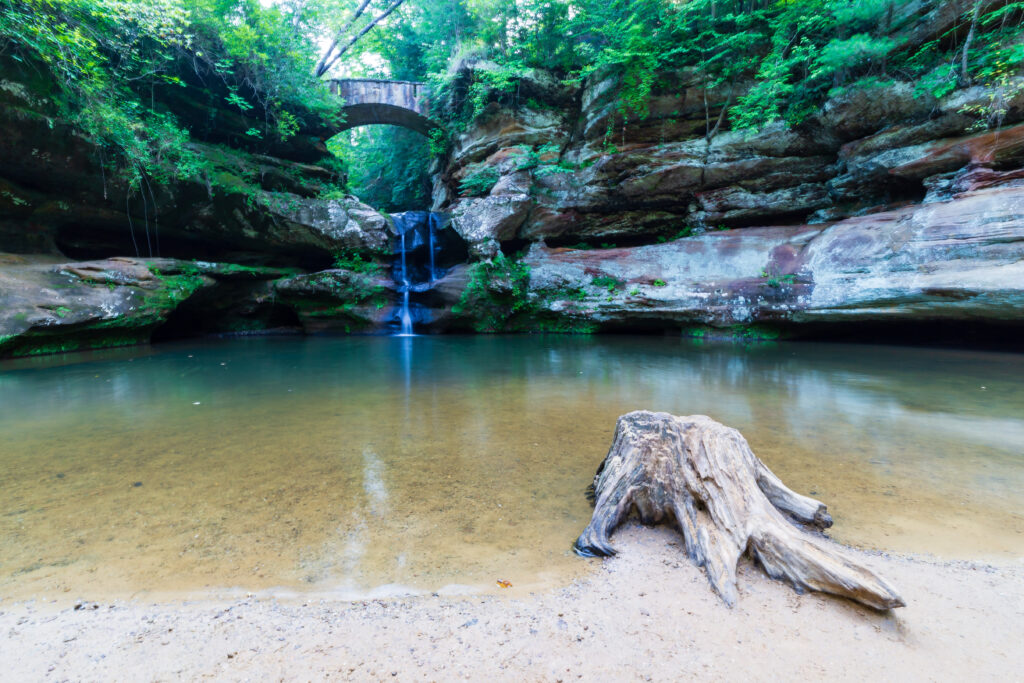
The excellent fishing in Hocking Hills exists largely because of thoughtful conservation practices and regulations that preserve the resource for future generations. All anglers must possess a valid Ohio fishing license, with daily creel limits and size restrictions varying by species and specific body of water. Lake Logan, for instance, has special regulations for saugeye to protect the trophy potential of this popular gamefish. Catch-and-release is encouraged for larger bass in all waters, as these fish represent the genetic future of the fishery and often take many years to reach trophy size. Many campgrounds participate in conservation efforts by maintaining buffer zones along shorelines, preventing erosion, and educating visitors about responsible fishing practices. By following regulations and practicing good stewardship, anglers help ensure that Hocking Hills remains a premier fishing destination for decades to come.
Combining Hiking and Fishing Adventures

One of the unique aspects of fishing in Hocking Hills is the opportunity to combine angling with exploration of the region’s famous hiking trails and natural features. Many of the best fishing spots are accessible via scenic trails that pass waterfalls, rock formations, and lush forests, creating multi-activity outings that appeal to diverse interests within groups or families. The trail to Rose Lake, for instance, offers spectacular views of Old Man’s Cave and Whispering Cave along the way, making the journey as rewarding as the fishing destination. Anglers willing to hike further from established campgrounds often find less pressured fishing in remote sections of streams or hidden ponds. This combination of hiking and fishing creates opportunities for full-day adventures where visitors can experience the best of both activities while building an appetite for evening campfires and meals back at their campsite.
Guided Fishing Opportunities for Visitors
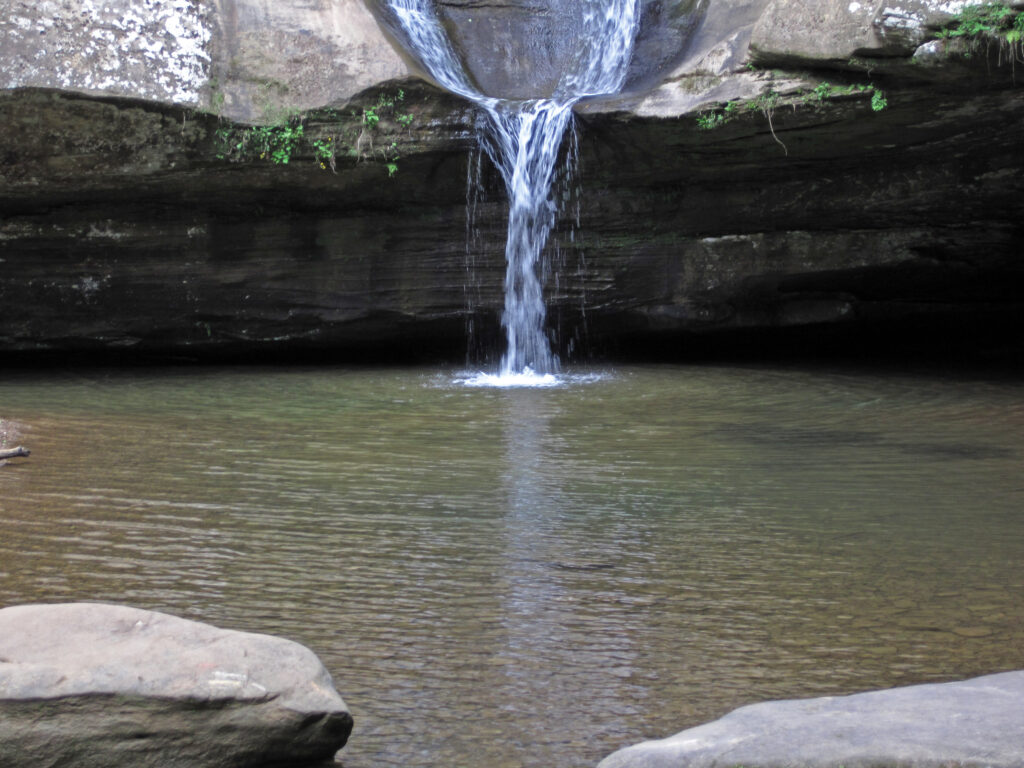
For those unfamiliar with the region or looking to maximize their fishing success, several guide services operate in the Hocking Hills area. These professional guides possess intimate knowledge of local waters and seasonal patterns, dramatically increasing the chances of a successful outing for visitors with limited time. Half-day and full-day guided trips can be arranged through many campgrounds or directly with guide services, with options ranging from bass fishing on Lake Logan to fly fishing excursions on Clear Creek. Many guides specialize in family-friendly experiences, focusing on areas with abundant fish and tailoring their approach to the skill levels of participants. Beyond just catching fish, these guided experiences provide educational opportunities where visitors learn about the ecology of Hocking Hills waterways and techniques they can apply during the remainder of their stay or on future fishing adventures.
The Perfect Combination: Fishing and Camping
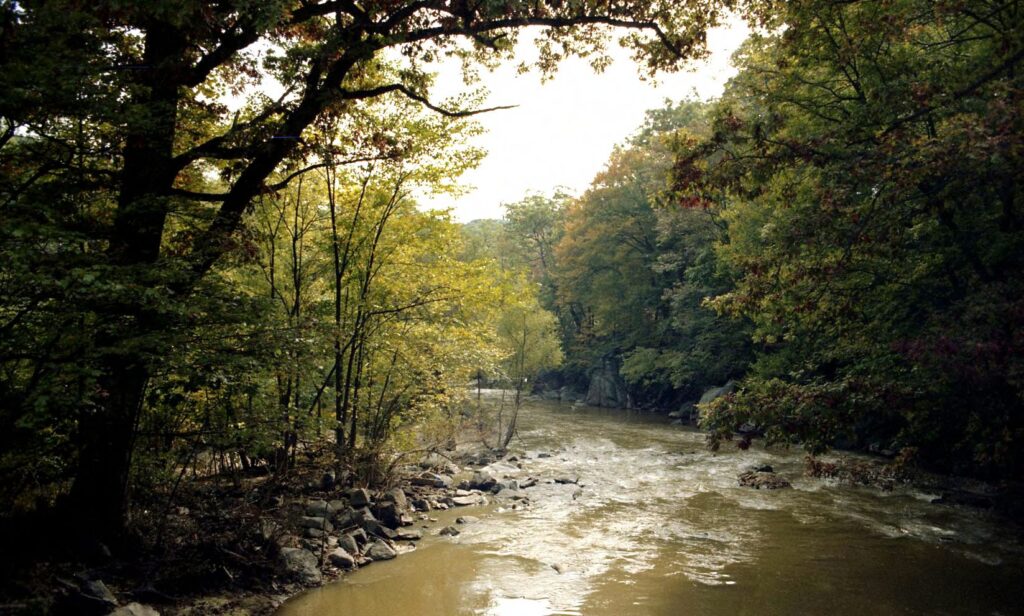
The synergy between camping and fishing creates an outdoor experience in Hocking Hills that exceeds the sum of its parts. After a day on the water, anglers can return to comfortable campsites where they can prepare their catch for dinner over an open fire, sharing stories of the day’s adventures. The proximity of fishing waters to campgrounds eliminates long drives or complicated logistics, allowing for spontaneous fishing sessions during peak activity periods like dawn and dusk. Many campers develop traditions around fishing, from morning casting sessions with coffee in hand to evening trips to favorite spots as the sun sets behind the hills. This seamless integration of camping and fishing creates a rhythm to Hocking Hills visits that connects visitors to natural cycles and creates lasting memories that draw them back year after year.
Fishing, Camping, and Connection in Hocking Hills
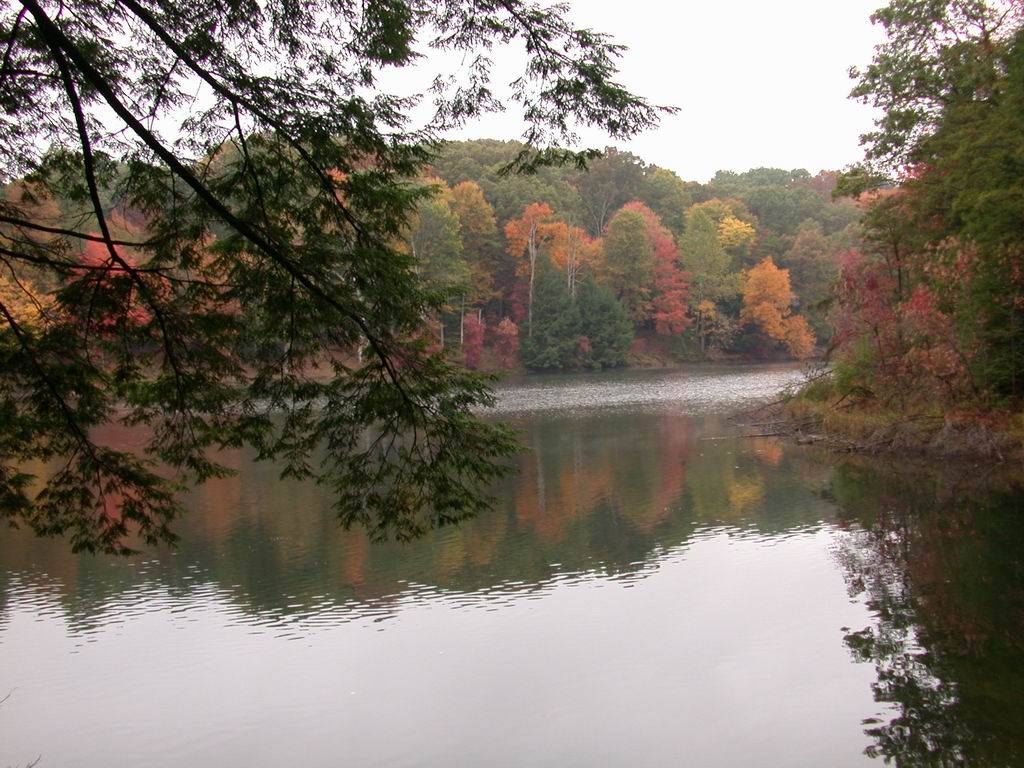
The Hocking Hills region stands apart as a fishing destination that offers far more than just the opportunity to catch fish. It presents a complete outdoor experience where the act of fishing connects visitors to the ancient landscape, the changing seasons, and the natural rhythms that have shaped these hills for millennia. Whether you’re an experienced angler seeking trophy bass or a family introducing children to fishing for the first time, the diverse waters and excellent camping facilities of Hocking Hills provide the perfect setting. As development pressures mount across the Midwest, this region remains a sanctuary where visitors can experience fishing much as it has been for generations, in clear waters surrounded by natural beauty, with the convenience of comfortable camping just steps away. For those who understand that fishing is about more than just catching fish, Hocking Hills campgrounds truly represent a Midwest fishing haven worth exploring in every season.


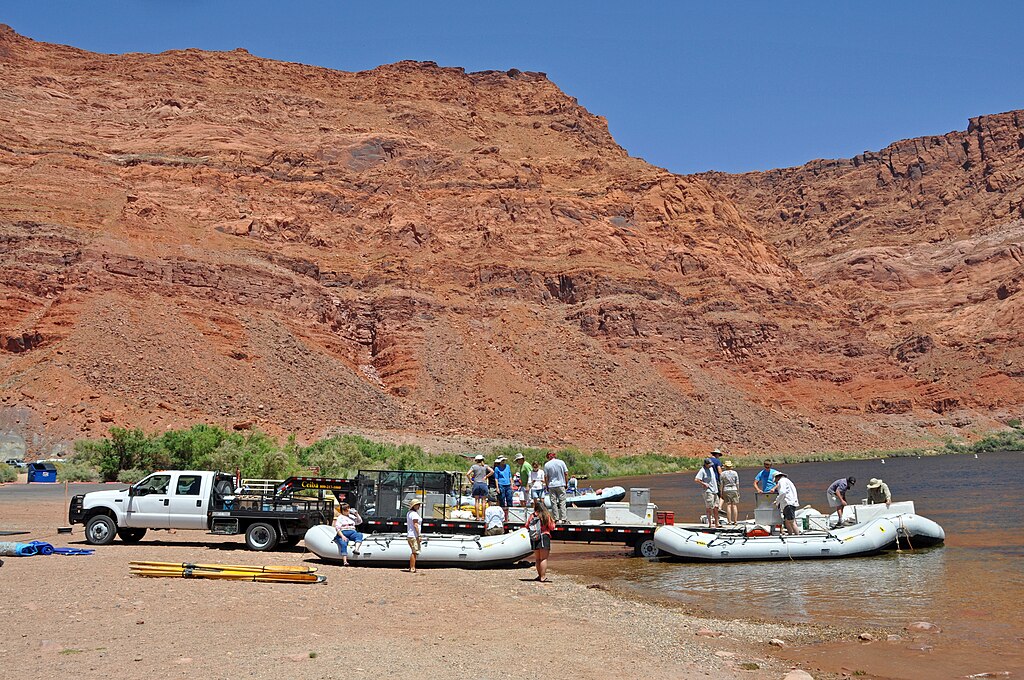











Post Comment